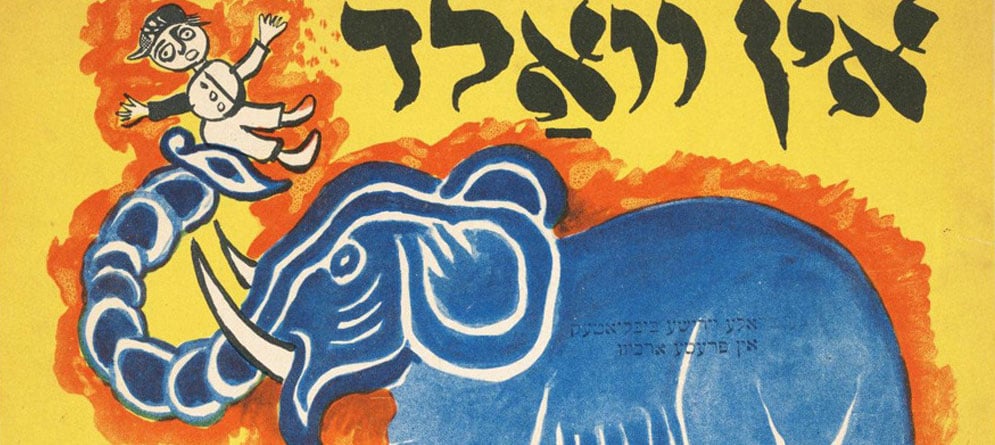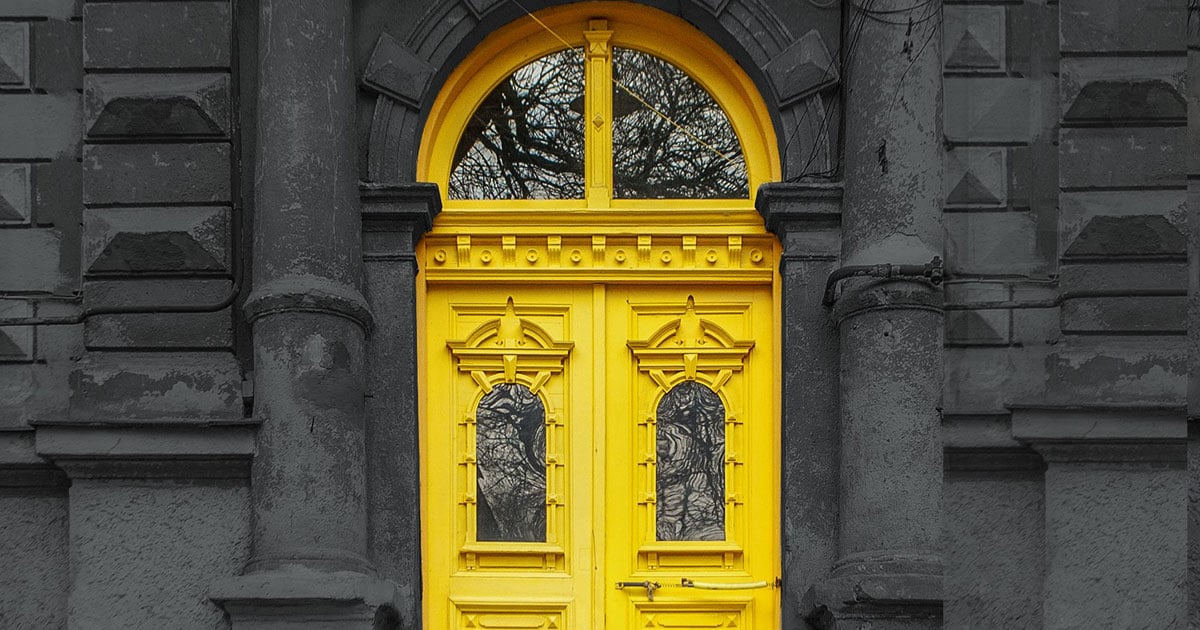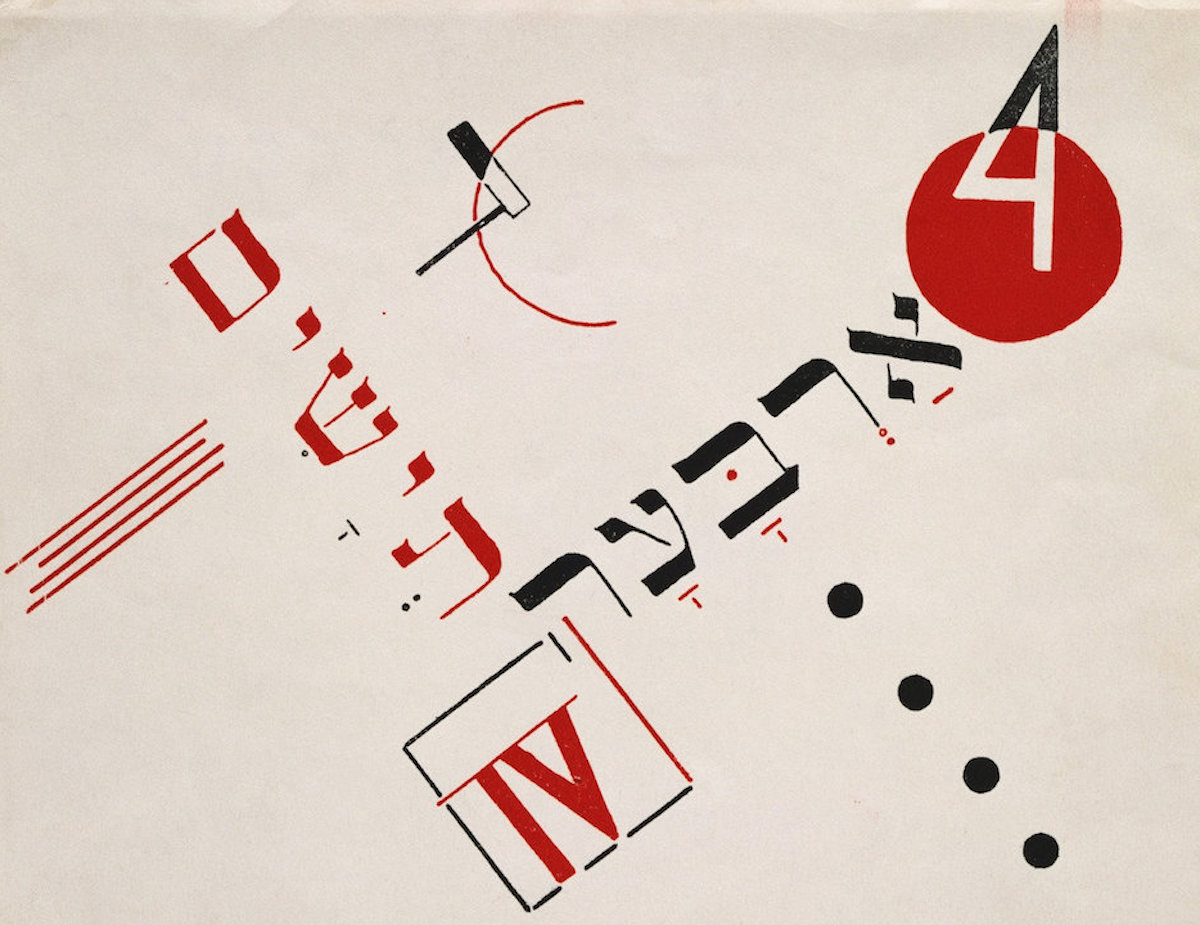Odesa’s literature museum is a radical tribute to the city’s multicultural, revolutionary history
The Black Sea port has long been famous for its unique school of writers, as well as its blend of cultural influences. In the wake of post-Maidan ‘decommunisation’, its Soviet-era literature museum offers a surprising and touching avant-garde reimagining of the past and future of the city.
Odesa is the only city where tourist stalls sell the works of Isaac Babel, with his Odesa Tales and Red Cavalry sat there in cheap editions alongside the sailor-themed magnets and snow-globes. This neoclassical, multicultural Black Sea port city has long been renowned for its writers, and especially for early Soviet — and mainly Jewish — authors like Babel, Yuri Olesha, Ilya Ilf and Evgeny Petrov, Konstantin Paustovsky, and Valentin Kataev. Each had their own distinct identity: Babel’s diamond-hard short stories about the Civil War and pre-revolutionary Odesa; Olesha or Ilf and Petrov’s satires of the new Soviet bureaucracy; Paustovsky’s lyrical memoirs and stories of the sea; Kataev’s relentlessly driven novels of technological and industrial transformation.
All, though, shared a realistic (not Socialist Realist) prose style, combining a cosmopolitan ethos with intense locality. All of them could only have emerged out of Odesa, a city that was new, revolutionary, neither Russian nor Ukrainian, and outward-looking. Their work made Odesa famous in the world of Russian-language literature, and notably popular in English translation. Less well-known, however, is the shrine to this generation of writers in the centre of Odesa: an experiment in cultural memory, driven by a radical historical imagination all too rarely seen in the post-Soviet context.
The Odesa Literary Museum was founded in 1977 by Nikita Brygin, the sort of shady but locally-rooted character you could imagine in one of Babel’s stories: a historian of Odesa, a second-hand bookseller, and a retired KGB officer. The current display, which Brygin oversaw, was unveiled in 1984, just before perestroika; an all-female team of researchers, many of whom still work there, was charged with gathering the collection and mounting it. It is housed in the portside neoclassical palace of Prince Dmitry Gagarin, designed by the architect Ludwig Otton in the 1850s, right in the historic centre of Odesa near to one of the city’s monumental staircases to the sea. Its website will tell you it houses 21 rooms, profiling more than 300 writers. The bare details, though, suggest little of what makes this place exciting.
What makes Odesa’s museum stand out in comparison to others dedicated to books or writers almost anywhere in the world is the absence of explanatory wall panels, clearly demarcated historical objects, and any kind of historical reverence. Instead, you find a series of half avant-garde, half amateur theatre experiments in curated collage. The only thing I have ever seen like it is the Mayakovsky Museum in Moscow, which takes the avant-garde poet seriously enough to treat his work in an avant-garde way: taking “real” objects that would be treated today as fetishes — first editions, handwritten letters — and inserting them into new artworks. The Mayakovsky Museum, though, was constructed several years later, at the very end of the USSR — so the Odesa Literary Museum is the real pioneer.
The museum’s founder was the sort of shady but locally-rooted character you find in Babel’s stories: a historian of Odesa, a second-hand bookseller, and a retired KGB officer
Typewriters are mounted on plinths as you walk towards the central staircase of the Gagarin Palace. The twin sweeps of curved stairs lead to a gilded ceremonial hall — frequently used for weddings — where there are miniature shrines to four of the great 19th-century writers associated with Odesa: Pushkin, Gogol, Tolstoy, Shevchenko. Early editions of their works, portraits, and newspaper reports are mounted under porthole-shaped glass bubbles; we are, after all, right next to a functioning port. The surrounding rooms take in the city’s founding, its early newspapers and magazines, and various writers of the Russian Empire who visited.
What catches the eye, though, hinting that you’re going to find more here than dusty vitrines, are the assemblages of wooden frames, balanced at an angle and nailed to the wall, featuring drawings of costumes, theatre programmes, balalaikas, steering wheels, maps. They resemble the Futurist “counter-reliefs” of avant-garde architect Vladimir Tatlin, flotsam and jetsam turned into montage sculpture. You sit in tiny Beidermeier chairs to look over documents relating to Pushkin and the Decemberists. An alcove contains a library of books shaped into a cross, with a portrait of the great socialist and libertarian Aleksandr Herzen in the middle. In the next room, the bubbles are replaced with glass diamonds, containing fragments of newspaper, old books, old photos, maps, and postcards relating to figures like Chekhov and Ivan Franko. Everywhere, what could have been plain exhibits are instead more like installations, sketching out a raw maritime city being brought into existence.
What is so extraordinary about these rooms is their ability to convey even to visitors who have little or no Russian the character of a place, age, city, or writer. It is quite some achievement for a Museum of Literature to inform and entertain someone who is functionally illiterate. (It does, of course, help to have some knowledge of the writers being profiled.) The way the enfilade of rooms in the palace is organised means you can always see what is about to happen next in the city’s history. The effect amplifies as the exhibit-installations gain in intensity and complexity as they cover the city’s industrialisation, the formation of socialist organisations, and the revolution of 1905. This energy then explodes out across a series of rooms devoted to Futurism, the 1917 revolutions, and the 1920s.
The turn-of-the-century room contains what is really a mural or a montage relief sculpture rather than a series of explanatory panels and discrete objects. Under a giant bell, historical photographs of the mutiny on the battleship Potemkin and insurgent crowds in 1905 are overlaid across a gigantic, photo-printed image of the city from above, with a poem by the Ukrainian left-wing nationalist Ivan Franko in embossed letters at an angle in the composition. The next room pays tribute to Futurism, the literary and artistic avant-garde that scandalised Russia in the 1910s: slogans, nonsense poetry, Suprematist abstracts on the walls and ceiling, and photographs of revolutionary ferment all clash together. In one corner is a chaotic assemblage of fragments relating to revolutionary poet Vladimir Mayakovsky’s various visits to (and affairs in) Odesa; in the same room is an exhibit on Odesa native and exponent of refined, introverted verse, Anna Akhmatova, her photographs and volumes arranged in a contemplative, bourgeois environment. In a rare post-Soviet intervention into the original 1984 exhibit, her poem of the Stalinist terror, Requiem, is mounted here.
It is in the next room, though, that the Soviet Union “begins”. This huge space conveys an impression that must have been unusual by the time this museum was founded in the more cynical Soviet 80s: that the revolution was inextricable from the artistic and literary avant-garde. Here is where you find the famous Odesa writers of the 1920s, with thematic corners montaging prettily-framed portraits, book covers, hats, ties, press cards, journals, letters, and related artworks concerning Babel, Ilf and Petrov, Olesha, et al. Paustovsky’s career is recounted under portholes, connected by rigging. There is also an entire section on YUGO-LEF, a little-known Odesa branch of the epochal Moscow-based avant-garde group, Left Front of the Arts. This must all have been extremely heady in pre-perestroika Ukraine, though the attentive will note certain subjects were still taboo — writers who were murdered during the Purges, like Babel or Boris Pilnyak, do feature, but you are not told how they died. Trotsky, who lived in and wrote about Odesa, was and remains absent.
What the female curatorial team that made this museum did here is thrilling; it’s a riot of radical forms and revolutionary ideas swirling around a Tsarist palace. Red flags tied together with ships’ rigging suspend typewriters from the ceiling, stretching from one room to the next; posters, pieces of film, a giant printout of Guernica, all have a place here. This avant-garde style is maintained for the remainder of the museum, with rooms on writers’ solidarity with the Republic during the Spanish Civil War, film directors like Eisenstein and Dovzhenko, foreign visitors to the city, and the war and the Holocaust. Enormous world events take place, but Odesa endures and survives through them, with its writers recording what happened.
These rooms all maintain the collision of photomontages, abstract wall paintings, vivid Constructivist book covers, and thematic assemblages. And these have survived the fall of the USSR and post-Maidan Ukraine’s “decommunisation” movement largely untouched, suggesting that this survival is about the city’s identity. It fits in nobody’s national box; its history cannot be understood in contemporary “Russian” (imperial, jingoistic) or “Ukrainian” (rural, nationalistic) terms, or through grand, bludgeoning narratives. So here, it is sketched out through complex montages, which are ultimately based on little books and pamphlets, rather than dusty tomes.
The museum preserves the remnants of a complex multicultural world which means nothing to Russian or Ukrainian nationalists
The late Soviet intelligentsia behind the Odesa institution would doubtless be surprised to hear it, but this approach — illustrative, combinational, dialectical, complex, subtle, but unashamedly didactic — very closely resembled the radical museum practices of the early years of the USSR. As Arseny Zhilayev points out in his recent anthology Avant-Garde Museology, curators like Aleksey Fedorov-Davydov of Moscow’s Tretyakov Gallery imagined an “Experimental Complex Marxist Exhibition”, where “old-guard artworks, admitted by the bourgeois museum” would feature alongside “folk art, street design, political slogans and banners,’’ as well as “economic information, diagrams, eyewitness accounts, literary fragments and so on.” So it is here.
The typical Soviet art museum was not like this, of course. You can visit an almost untouched and especially boring example in Odesa, only a mile away, and find paintings mounted with much the same tedious reverence as the most ponderous of Victorian picture galleries. The idea of the museum as something more — as a continuous artwork about the past, that would be at once architecture, sculpture, painting, and literature — is something you could only find at the start and end of the Soviet Union. Here, as at the Mayakovsky Museum, it takes the form of the 1980s remembering the 1920s, and doing their dreams some justice. In this city, that has an extra meaning, too: preserving the remnants of a complex multicultural world which means nothing either to the narrow nationalism of the “decommunisers”, nor to the neo-Stalinist Russian nationalism of their opponents. They won’t remember it, so this museum has to. It salvages the things that could only have happened in Odesa.














